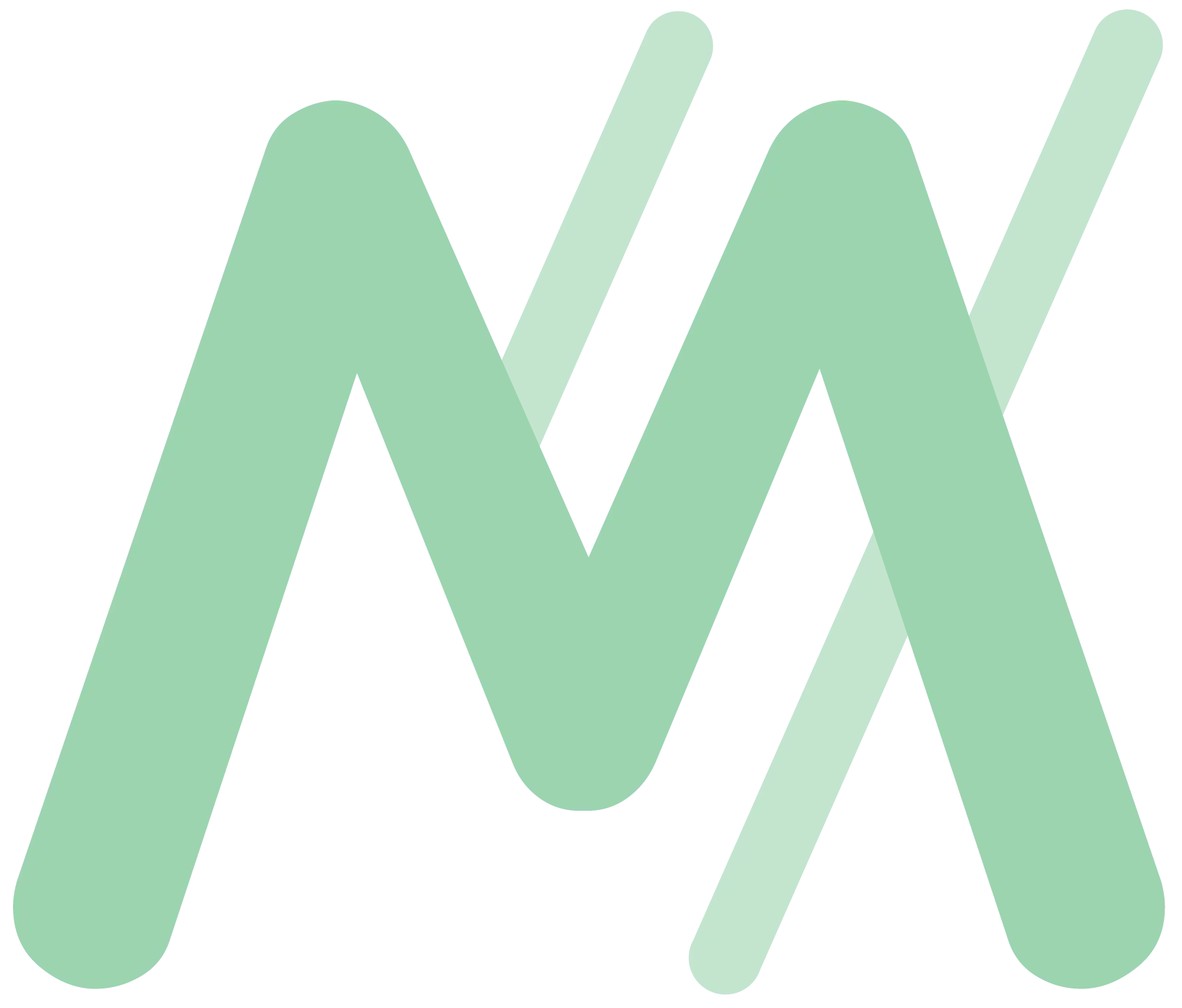How do you bring out the opinion of a group without having a lengthy discussion? “We don’t like long meetings, we prefer to take action.” You often hear this statement, but do we live it? We recently experimented with a client and taught the group how to handle meetings differently. All with one goal: to quickly and efficiently receive feedback that reflects the group’s opinion. This can be done by combining best practices from Liberating Structures (link) and Design sprints. In this blog, we explain how we combine the “1-2-4-all” with dot voting. In 40 minutes, we could make the group’s thoughts visible and get an impression of the collective opinion. Mark Your Progress quickly gets to the core without any fuss.
Is more discussion useful?
We often encounter this: we have a lot of appointments on the schedule, but when we ask ourselves what we have delivered, it remains silent. We have a big tendency to communicate, but does it yield anything? James Clear calls this in his book Atomic Habits the difference between ‘Motion’ and ‘Action’. Motion is being in motion, but it doesn’t directly lead to progress. Action is the actual doing and directly contributes towards your goal. When is discussion action, and when is it motion? We often worry about this a lot.
In this team, we experienced a lot of long meetings, which the team was done with. But at the same time, everyone on the team wanted to express their opinion, and the team needed to be heard. In this case, the goal was to enable the PO and team lead to take the team’s feedback into account so that the organization could set better priorities.
The challenge
What if you have a lot of requests, and platforms to build and your organization is in development: what will you do first? This was the question this team faced. We could ask our stakeholders, but what does the group itself think? This group continued to find it difficult to be concrete about this. With a group size of 20-25 people, a free discussion of one hour was not productive. A multitude of opinions came up. Only a few people spoke, and the team lead did not become any wiser afterwards. This team also felt a lot of time pressure, so spending more time to think about this thoroughly did not feel possible for this team. We surely can’t spend time thinking, we must deliver! Therefore, we took 40 minutes out of the weekly team meeting of one hour and started discussing this topic. This time we wanted to do it differently!
The first goal was to make visible what was felt within the group. Everyone should get the chance, remotely or in the room, to share their opinion. During this conversation, the goal was to quickly but efficiently let the team make a decision.
1-2-4 with Dot voting
A 1-2-4 with a mix of remote and in-person
In this situation, we divided the group of 20 people into three groups of 4 in the room. This was done very arbitrarily: it doesn’t matter who is in which group. Purely based on how they were already seated, the group was divided. Eight people also participated remotely: they were divided into two break-out rooms. As a facilitator, this is not ideal, how do you involve them while leading the entire group?
After dividing the groups, we gave the group a simple task: What should be the top 3 priorities in your opinion in the next 3 months? Here we added an important principle from design sprints: “together but alone”. Everyone had to first write down the answer to this question on their own and had 4 minutes for this alone. The silence was unusual for the entire group. Some started talking right away. The effect, however, was that even the quietest in the group got the chance to voice their opinion.
After this, they had 4 minutes to share this with two people and come up with a joint list. Here, even those in the group who normally felt unheard could express their opinion. Together they came to an insight and a joint list.
The last four minutes brought the two pairs together. Because there is always only a transfer between 2 opinions, it is again possible to discuss this in four minutes. Here too, they had to come up with a joint list.
Voting with dots
Next, we brought this together as a group: all the opinions of the groups. Because there were four groups, we took 15 minutes for this. Each group brought its priorities to the board, which led to a list from each group. The brief explanation helped the team lead and the group understand what something meant and the order.
Now we have a list of ideas, but not a list of priorities. Therefore, everyone in the room got 3 red dots that they could stick on items that they felt should be a priority. Is something very important? Stick all three on it. Five minutes is all this needs. After this, we know what the group considers the most important priorities after discussing all the options.
Reflection on the exercise
The whole exercise took 32 minutes. We then took 8 minutes to let the team lead discuss the results. For many in the group, including the team lead, this was a difficult experience. Many in the group experienced this in a way that made them feel it wasn’t discussed deeply enough. However, most also stated that the result probably wouldn’t have been any different if it had been discussed longer. It felt rushed for many, a feeling of not being able to finish it. But the result was achieved in just 40 minutes!
The more these forms and exercises are done, the more a team gets used to it. These different forms of discussion can bring a team into a mindset that brings them to results. Curious about a similar experience? Mark Your Progress guides teams in achieving goals, and getting into a flow. Through workshops, team coaching and/or individual coaching we take teams further. Interested? Schedule a short conversation immediately to get to know each other.



